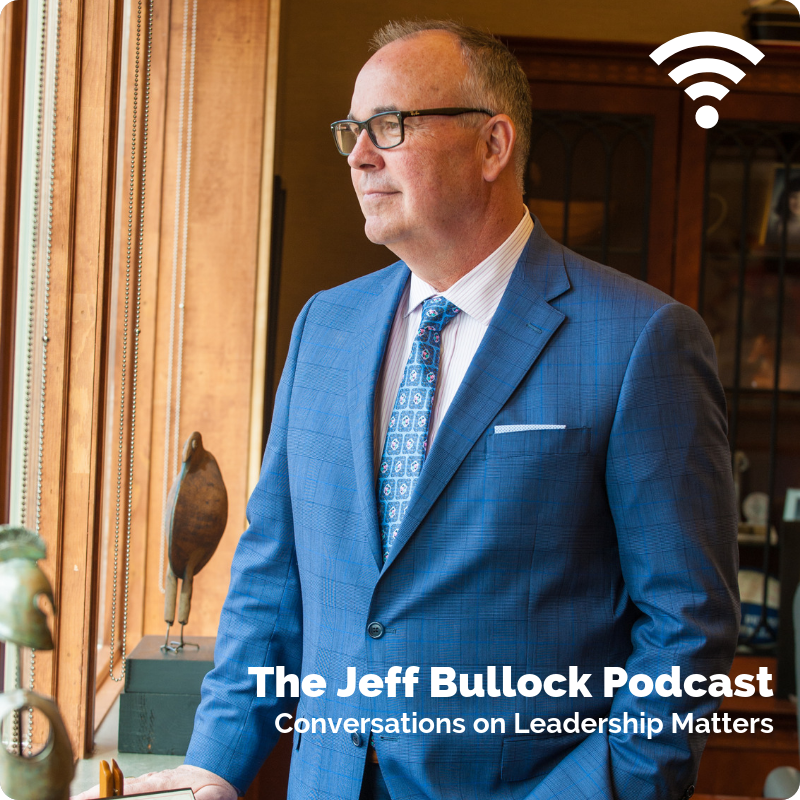I recently travelled to Italy with two professors and twenty-four undergraduate students. We visited art museums, learned about Renaissance and Roman architecture in Venice, Florence, and Rome, and ate some amazing food. This was my first trip to Italy. I hope that it’s not my last.
I learned a lot on this journey. It was wonderful being around young people for a week and experiencing the world through their eyes. Whoever said that education is wasted on the young was wrong. It was equally satisfying to feel like I was a student again. If I studied the Renaissance in my earlier years, much of what I learned has become unfamiliar to me.
The Renaissance is that period of Western history that followed the Middle Ages. In other words, after the fall of the Roman Empire, things got a little quiet, culture-wise. Whereas the Middle Ages (roughly the late 5th through 14thcentury) were full of war, disease and famine, the Renaissance was a period of resurgence and renewal. Much was lost during the Middle Ages. For example, the technology that enabled the building of the Pantheon in Rome which was completed by Hadrian in 126 AD all but disappeared until Brunelleschi traveled from Florence to Rome to study the structure, and eventually figured out how to employ similar techniques to build the dome at the Basilica of Saint Mary of Florence; better known as Il Duomo di Firenze.
Interestingly, the Basilica took several hundred years to complete. For many years there was a huge hole in the ceiling waiting for the day when a person would eventually figure out how to build and structurally support a dome to cover the gaping hole. Imagine the confidence in the future that it must have taken to know that the problem would one day be solved, even beyond one’s own lifetime. And that problem was solved—one hundred and forty years after the cathedral was started!
It was that kind of confidence in the unknown future that Michelangelo possessed when he carved David. David is one of the most iconic works of the Renaissance. Unlike other interpretations of the Bible story, Michelangelo’s David is an image of the shepherd boy before his encounter with Goliath. This David is nearly perfect, sculpted with bulging veins and tense form, as if he’s ready to make his way to the battlefield. His gaze is one of complete calm, focus and confidence. With no armor, and nothing more than a sling and a handful of rocks, this Renaissance man is poised to conquer the unconquerable Goliath—a 16th century metaphor for faith and humanity.
As I have reflected on these experiences, I have tried to identify historical moments in modern history when something close to this Renaissance-like confidence in the unknown future was evident in leaders. I believe that Churchill possessed a similar kind of confidence in the face of Nazi Germany. I also believe that JFK’s goal of landing on the moon within a decade of first issuing his audacious challenge approaches this kind of confidence, as does President Reagan’s belief in America’s innate ability to be “that shiny city on a hill.” Closest of all, however, is Martin Luther King, Jr. who, like Moses and despite his own imperfetions, knew that he wouldn’t get to the Promised Land, yet he dared to lead in that direction anyway. But as noble as these examples of leadership are, they—we—still come up short by comparison.
The Renaissance teaches us many important lessons, not the least of which is that it is possible to dream dreams longer than a lifetime, particularly if those dreams are grounded in faith. [bctt tweet=”It is possible to dream dreams longer than a lifetime, particularly if those dreams are grounded in faith.” via=”no”]
Many leaders today suffer from a kind of myopic narcissism, with dreams that are often short-sited and nearly always self-serving. Brunelleschi, and the nameless laborers who constructed Il Duomo, and Michelangelo, who insisted that we never fear the giants that confront us, each point to a different kind of future that is imbued with equal parts of confidence and humility. Ummmm—confidence and humility. The core essence of visionary leadership. [bctt tweet=”Confidence and humility are the core essence of visionary leadership.” via=”no”]










